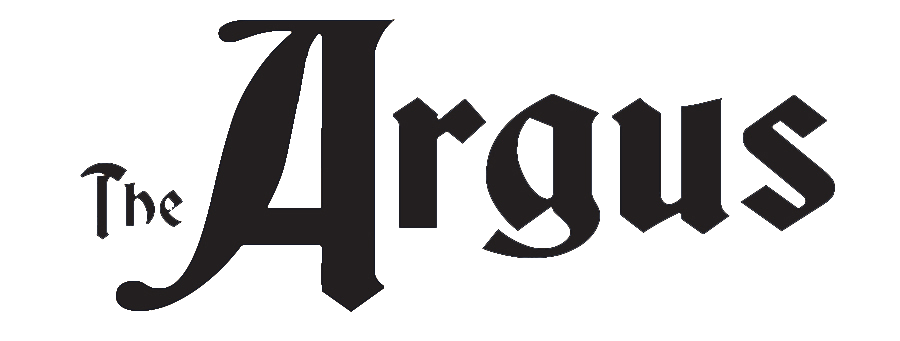
LOS ANGELES, CA — Some 75,000 workers of patient care giant Kaiser Permanente walked off the job on Wednesday of this week. The issue, their representatives say, is that chronic understaffing is negatively impacting patient care.
The walkout took place in multiple states, kicking off a major health care strike amid what has become an extraordinary year for American labor organizing and work stoppages.
Kaiser Permanente is one of the country’s larger health care insurers and health care facility operators, referring customers to its 39 clinics and hospitals nationwide.
The Oakland, California-based nonprofit company provides health care coverage for nearly 13 million people.
The labor advocacy group, the Coalition of Kaiser Permanente Unions, represents about 85,000 of the health system’s employees nationally. The Coalition approved a strike for three days in California, Colorado, Oregon and Washington state, and approved a strike for one day in Virginia and Washington, D.C.
The normally quiet pre-dawn hours saw picketing workers who’d gathered outside Kaiser Permanente Los Angeles Medical Center cheering enthusiastically as the strike deadline arrived.Among the strikers are skilled health care laborers such as licensed vocational nurses, home health aides and ultrasound sonographers; radiology technicians, along with other staffers from X-ray, surgical, pharmacy and emergency departments were also present. Doctors are not participating.
Kaiser says its hospitals, including emergency rooms, will remain open during the work stoppages. The company said it was bringing in thousands of temporary workers to fill gaps during the walkout, but the strike could lead to delays in getting appointments and non-urgent procedures being rescheduled.
Wednesday’s strike is the latest one for the health care industry this year as it continues to confront burnout amongst its staffers, along with the heavy workloads — problems that were greatly exacerbated by the pandemic.
In August of this year, Unions representing Kaiser workers in asked for a $25 hourly minimum wage, as well as increases of 7% each year in the first two years and 6.25% each year in the two years afterward.
They say the chronic understaffing might be boosting the hospital system’s profits but it has been negatively impacting patients. They also point out that Kaiser executives have been bargaining in bad faith during negotiations.
“They’re not listening to the frontline health care workers,” said Mikki Fletchall, a licensed vocational nurse based in a Kaiser medical office in Camarillo, California. “We’re striking because of our patients. We don’t want to have to do it, but we will do it.”
Kaiser has offered minimum hourly wages of between $21 and $23 next year, depending on the location. Since 2022, the hospital system has hired 51,000 workers and has plans to add 10,000 more people by the end of October 2023.
Kaiser Permanente reported $2.1 billion in net income for this year’s second quarter on more than $25 billion in operating revenue. However, the company said it still was dealing with cost headwinds and challenges from inflation and labor shortages.
Kaiser executive Michelle Gaskill-Hames defended the company, saying its practices, compensation and retention are better than its competitors — even as the entire sector faces the same challenges.
“Our focus, for the dollars that we bring in, are to keep them invested in value-based care,” said Gaskill-Hames, president of Kaiser Foundation Health Plan and Hospitals of Southern California and Hawaii. She added that Kaiser only faces 7% turnover compared to the industry standard of 21%, despite the effects of the pandemic.
“I think coming out of the pandemic, health care workers have been completely burned out,” she said. “The trauma that was felt caring for so many COVID patients, and patients that died, was just difficult.”
The workers’ last contract was negotiated in 2019, before the pandemic.
Hospitals generally have struggled in recent years with high labor costs, staffing shortages and rising levels of uncompensated care, according to Rick Gundling, a senior vice president with the Healthcare Financial Management Association, a nonprofit that works with health care finance executives.
Most of their revenue is fixed, coming from government-funded programs like Medicare and Medicaid, Gundling noted. He said that means revenue growth is “only possible by increasing volumes, which is difficult even under the best of circumstances.”
Workers calling for higher wages, better working conditions, and job security have increasingly been willing to walk out on the job as employers face a greater need for workers.
The California legislature recently sent Democratic Gov. Gavin Newsom a bill that would increase the minimum wage for the state’s 455,000 health care workers to $25 per hour over the next decade.
Gov. Newsom has until Oct. 14 to decide whether to sign or veto it.
___
Associated Press Writers Stephanie Dazio and Tom Murphy contributed to the original version of this report.


